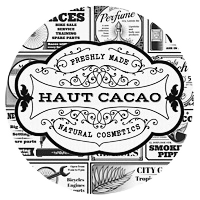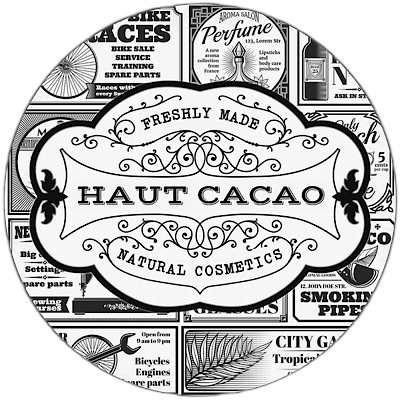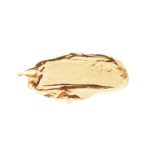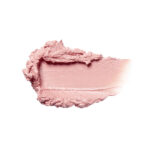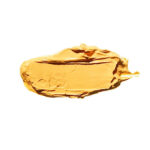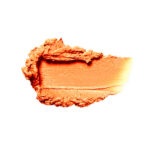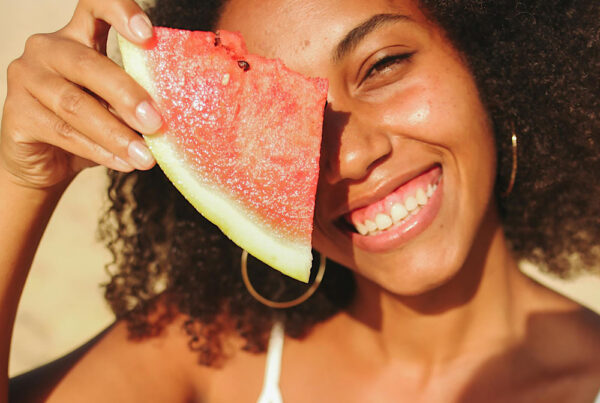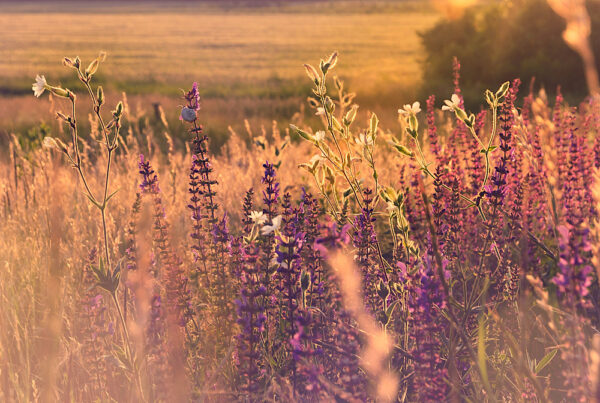The demi method is an innovative and revolutionary approach to makeup. It uses color science to brighten, sculpt, and filter your complexion in a way that leaves you looking like yourself, but on your very best day! As a result, with this new approach to makeup, you will be able to filter out distractions and achieve a natural and glowing complexion. And the best part? Your skin will still look like skin! Because Demi Colour Correctors do not leave behind any traces of makeup texture. Instead, your skin’s natural luminosity will shine through!
Demi Colour Correctors do not use one all over color to match the tone of your skin or to place a mask over your problem areas. Instead, Demi Colour Correctors use color science and color theory to neutralize, filter, enhance, and add depth of color to key areas of your face. This then allows your skin’s natural beauty and radiance to shine through looking completely makeup free!
demi colour suggestions:
yellow cream brightener
Yellow is pale yellow shade that is used to filter and neutralize vibrant purple tones. While the use of yellow can seem like an easy solution for filtering dark areas of your skin, you need to be cautious not to overuse yellow. You should only be using it when there is an excess of purple, which means yellow will likely only be used when pinpointing a small area.
When you see red on the skin, more often than not, you are actually seeing an excess of purple. This is because dark areas usually have some blue present as well (remember, red+blue = purple).
Excess purple can be distinguished from blue because there will be more vibrancy (some red) to the area. It is often found in healing blemishes, red-looking broken capillaries, or medium to dark areas of rosacea. Occasionally an excess of purple can be found under the eyes, but will typically need to be used in conjunction with other shades because most under eyes are more likely to have an excess of blue, and even green.
pink cream brightener
Pink is a pale red (pink) shade that tones and filters excess greens. An excess of green is one of the most common causes of distraction on the skin, but also one of the trickiest to identify.
Having an excess of green often does not appear as green on the skin, but instead shows up as a dark and shadowy area that looks brown, muddy, mulchy, or even bruised. An excess of green most commonly appears in areas like the under eyes, bruises, scabs, newer scars, and older blemishes. You will also always find it in areas of melasma, sun spots, age spots, and freckles.
These areas of excess green often make an appearance alongside areas of excess blue, and therefore usually require the use of pink and peach together for maximum effectiveness. You might also use beige or peach in those circumstance.
Pink is also a great toner for lighter skin tones. It is not uncommon to have an excess of green in areas of your face where your skin appears sallow and dull. For those areas, Pink can be used as a toner for light to medium skin tones when washed lightly over those areas. This will eliminate the excess green, while toning the brightening the area.
beige cream brightener
Beige is a pale orange-red shade that tones and filters excess blue-green most commonly found in fair to medium skin tones. This Demi Colour Corrector shade is a staple for lighter skin tones.
Beige is best used to filter areas containing dark, muddy, mulchy, and dirty looking tones. These tones will appear dark, but more muddy and brown as opposed to cool and ashy. These muddy tones indicate an excess of blue-green.
An excess of blue-green is often found under the eyes, in scabs, and in older/healing blemishes and scars. The most common area to find an excess of blue-green is in melasma, age spots, and sun spots.
You might also find an excess of blue-green in areas of your face where you are more pale or the skin appears dull and sallow. This can also indicate the presence of blue-green. In cases like this, OR1 can be used as a toner for light to medium skin tones when washed lightly over those areas. This will eliminate the excess blue-green, while toning the brightening the area for a more balanced complexion.
*Beige and pink are very similar. But beige is more orange, and therefore addresses areas of green-blue where there is more of an excess of blue. pink is more red, and therefore addresses areas of blue-green where there is more of an excess of green.
peach cream brightener
Peach is a Demi Colour Corrector staple for anyone with light to medium skin tones. This shade of pale/light orange helps to tone and filter excess blue in the skin.
Whenever you have areas on your face with dark undertones, this is an indication that an excess of blue is present. An excess of blue will create a dull, ashy, and shadowy appearance. And the darker the area, the more blue it contains. The shade of blue may vary, however. For example, if it is somewhat vibrant, this means it is more of a purple-blue. And if it is more dark and muddy, this means it is more of a green-blue.
You’ll often find an excess of blue under the eyes, in blemishes, scars, melasma, and visible veins.
You might also find an excess of blue in areas of your face where you are more pale or the skin appears dull. While darkness is usually an indication of the presence of blue, dull or pale skin in areas where there is naturally less pigment can also indicate the presence of blue. In cases like this, Peach can be used as a toner for light to medium skin tones when washed lightly over those areas. This will eliminate the excess blue, while toning and brightening the area.
deep yellow cream brightener
Deep yellow is a pale yellow-orange shade that is used to tone and filter excess purple-blue. This shade is used most often to filter areas that contain an excess of blue and purple, but where the blue is more prominent. This will cause the area to look dark, but slightly more vibrant/bright/colorful.
This Demi Colour Corrector shade is most often used for dark under eye areas, purple-blue veins, broken capillaries, and on dark, but slightly more vibrant, blemishes. It can also be used as a toner for dark skin, cool blue-based skin, and dull reddish skin, as well as a bronzer to brighten and add warmth to ashy skin.
*Deep yellow and Amber are similar. But amber is more orange, and therefore addresses areas of purple-blue where there is more of an excess of blue. Deep yellow is more yellow, and therefore addresses areas of blue-purple where there is more of an excess of purple. To help determine if there is more blue or purple, look to see if the color is more dull and ashy with some vibrancy (more blue based), or if there are some deep, dark red tones or if it is dark but with greater vibrancy (more purple based).
orange cream brightener
Orange is a vivid orange that tones and filters excess blue most commonly found in medium to dark skin tones. This Demi Colour Corrector shade helps to neutralize ashy/shadowy areas with excess blue. It is great for color correcting dark under eyes and dark spots found in darker skin tones.
Orange also serves as a great coral blush or lip tint. It is also an amazing toner for dull and ashy skin in the medium to dark skin tone range. It can even be used to add warmth as a coral bronzer for medium skin tones.
When used for added color in cheeks and lips, be sure to use a fluffy/wispy brush and a light hand for proper application.
amber cream brightener
Amber is a pale orange-yellow shade that is used to tone and filter excess blue-purple. This shade is used most often to filter areas that contain an excess of blue and purple, but where the purple is more prominent. This will cause the area to look dark, but more vibrant/bright/colorful.
This Demi Colour Corrector shade is most often used for purple under eye areas, blue-purple veins, broken capillaries, and on dark, but slightly more vibrant, blemishes. It can also be used as a toner for dark skin, cool blue-based skin, and dull reddish skin, as well as a bronzer to brighten and add warmth to ashy skin.
*Amber and Deep yellow are similar. But Amber is more orange, and therefore addresses areas of purple-blue where there is more of an excess of blue. Deep yellow is more yellow, and therefore addresses areas of blue-purple where there is more of an excess of purple. To help determine if there is more blue or purple, look to see if the color is more dull and ashy with some vibrancy (more blue based), or if there are some deep, dark red tones or if it is dark but with greater vibrancy (more purple based).
You can find my cream brighteners and my #1 brush for spot correcting below:
